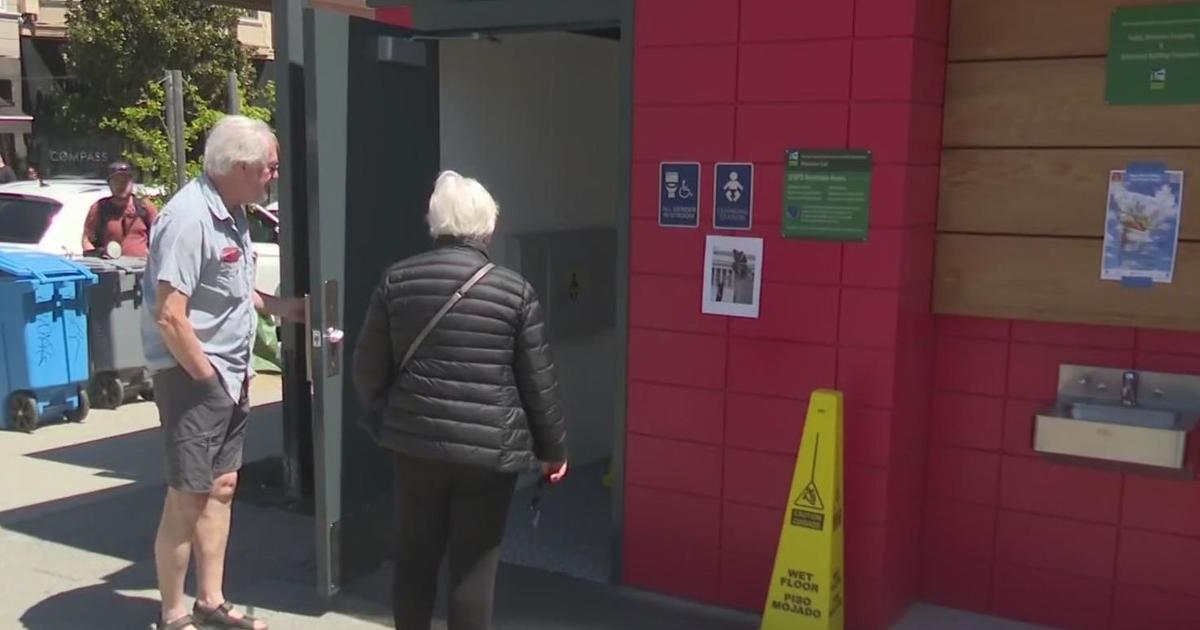Cost Of Fruits And Vegetables Increases Sharply In Bay Area, U.S.
SAN FRANCISCO (KPIX) -- Grocery shoppers may be feeling the pinch as the price of produce has increased sharply in recent weeks here the Bay Area and across the country.
The cost of fresh fruits and vegetables is rising at a sharper rate when compared with food overall, according to latest data from the federal government. However, demand remains unchanged as consumers are drawn to the "healthfulness, convenience and taste" of fresh produce.
Data from the U.S. Bureau of Labor Statistics shows from November 2021 to December 2021, shows the food index increased 0.5%. The index for fruits and vegetables increased 0.9%, and the index for fresh fruit increased 1.8%.
David Magaña, Senior Analyst at Rabo Research, specializing in fresh produce and tree nuts, says it is due to a confluence of factors.
"The main component in terms of fruit inflation in the U.S. comes from transportation costs, particularly ocean freight coming from Chile and Peru over the last 12 months," Magaña said.
Magaña maintains that the increased oceanic freight costs are hitting seasonal fruits such as berries and table grapes particularly hard, which are shipped from South America during the winter months in Northern Hemisphere.
What's more, wages are increasing in Peru and Mexico. The minimum wage in Mexico doubled in the past 4 years, and rose by 22% on January 1.
Fuel costs are also driving up the cost of certain fertilizers by two or three-fold in the past 12 months.
"This increase in fertilizer prices will continue to put more pressure in 2022, in terms of higher production costs and some of that will be passed on to consumers.
However, Magaña says during the pandemic, consumers "became more aware of the health attributes" of fresh produce, and younger customers continue to drive demand for avocados and berries, despite the rising prices.
"We've seen that these inflationary pressures have not yet had significant impact on demand. Obviously, the high price will probably curb demand for some specific items. But at this point, we've seen healthy demand for several items," said Magaña.
Chris Valadez, President of Grower-Shipper Association of Central California, says his members negotiated and locked in their sale price of product months ago, so growers are not to blame for any "downstream" cost increases.
"You're paying for a spike that occurred once it was off the farm," said Valadez. "Not enough truck drivers, the cost of freight, and the cost of plastics, not enough labor in a grocery store or warehouse or distribution center. Those are all costs on this side of the supply chain. And so costs are going to get passed through to the consumer. They're not coming from the farm."
Justin Rietz, says food costs in general are increasing in tandem with goods and services, about 7% year-over-year.
"What the average family buys in a year, we call that a basket of goods, the price of that basket of goods has increased 7%," said Rietz.
Rietz says the Fed is likely under political pressure to adjust monetary policy to reduce inflation ahead of the midterm elections and surmises an announcement will likely be made in the spring.
"There are indications that they may target a higher interest rate," said Rietz. "That should raise interest rates across the board throughout the economy and therefore slow the economy down, bringing the inflation rate down."



